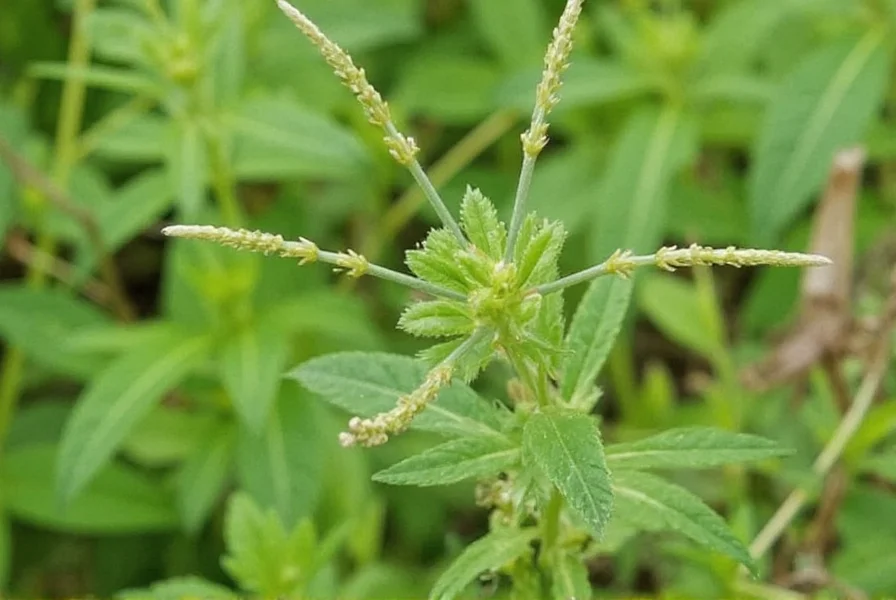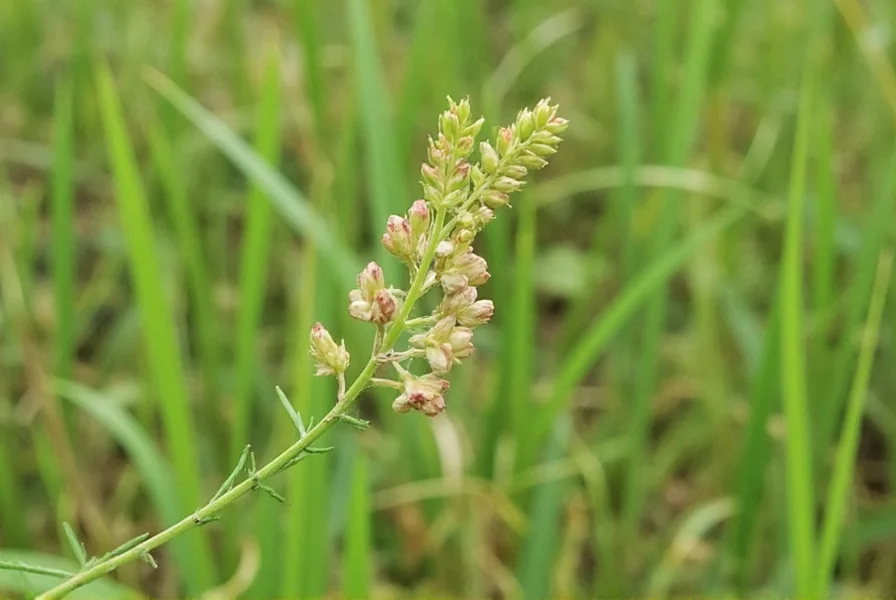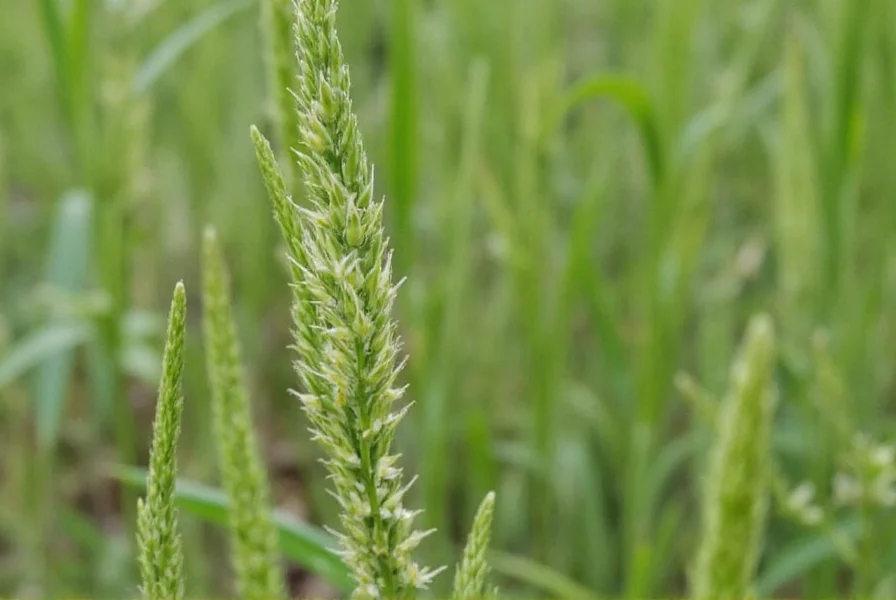Understanding wild sesame plants provides valuable insight into the evolutionary history of one of the world's oldest oilseed crops. These resilient wild relatives of cultivated sesame offer botanical researchers important genetic resources for improving modern sesame varieties. While sharing the same genus as the sesame seeds used in cooking, wild species exhibit distinct characteristics that help them survive in their natural habitats without human intervention.
Botanical Classification and Species Diversity
The genus Sesamum belongs to the Pedaliaceae family and comprises approximately 20-30 species, with only Sesamum indicum being widely cultivated. Wild sesame species primarily originate from sub-Saharan Africa, where they've adapted to diverse ecological conditions over millennia. The most significant wild relatives include:
| Species | Common Name | Native Range | Key Characteristics |
|---|---|---|---|
| Sesamum radiatum | Wild sesame, Benne | Sub-Saharan Africa | Yellow flowers, hairy stems, grows 1-2m tall |
| Sesamum angustifolium | Narrow-leaf sesame | Eastern and Southern Africa | Narrow leaves, pink to purple flowers |
| Sesamum alatum | Winged sesame | Tropical Africa to India | Distinctive winged stems, white flowers |
Physical Characteristics for Identification
Wild sesame plants share some features with their cultivated cousins but display notable differences that aid identification. These annual herbs typically grow between 1-2 meters tall with square, sometimes hairy stems. Their opposite leaves vary from broad in S. radiatum to narrow in S. angustifolium, often with toothed margins.
Flowers appear in leaf axils and range from white to pink or purple, depending on species. Unlike cultivated sesame which has been bred for uniform flowering, wild varieties often display more irregular blooming patterns. The seed capsules (technically called loculicidal capsules) contain numerous small seeds that are significantly smaller than commercial sesame varieties—typically 1-2mm compared to 3-4mm in domesticated types.

Habitat and Geographic Distribution
Wild sesame species thrive in specific ecological niches across Africa and parts of Asia. Sesamum radiatum predominates in West and Central Africa, commonly found in disturbed areas, forest margins, and savanna woodlands at elevations below 1,500 meters. Sesamum angustifolium prefers drier regions of Eastern and Southern Africa, often growing along riverbanks and in grasslands.
These plants demonstrate remarkable adaptability to poor soils and seasonal drought conditions that would challenge many cultivated crops. Their natural distribution patterns provide valuable clues about the environmental conditions under which sesame originally evolved before domestication approximately 5,000 years ago.
Comparison with Cultivated Sesame
Understanding the differences between wild and cultivated sesame reveals the significant changes achieved through selective breeding:
- Seed size: Wild sesame seeds are considerably smaller (1-2mm) than cultivated varieties (3-4mm)
- Shattering resistance: Wild varieties naturally shatter their seed capsules when ripe, while domesticated types retain seeds longer for harvest
- Growth habit: Wild species often display more branching and irregular growth patterns
- Flowering: Cultivated sesame has been selected for more uniform flowering
- Oil content: Domesticated varieties typically have higher oil content (45-55%) compared to wild relatives (35-45%)
Edibility and Traditional Uses
While wild sesame isn't commercially harvested, various indigenous communities have incorporated these plants into local food systems. The seeds of some wild species can be roasted and ground similarly to cultivated sesame, though they yield less oil due to their smaller size. In certain African traditions, young leaves of Sesamum radiatum are consumed as a vegetable.
It's crucial to note that proper identification is essential before consumption, as some plants resembling wild sesame may be toxic. Unlike cultivated sesame which has a long history of safe consumption, wild varieties haven't undergone the same safety testing for widespread human consumption. Individuals with sesame allergies should exercise particular caution, as cross-reactivity is possible.

Genetic Importance for Crop Improvement
Wild sesame species represent a vital genetic reservoir for sesame breeding programs worldwide. Researchers value these plants for traits including:
- Drought tolerance mechanisms that could improve cultivated varieties
- Natural resistance to pests like the sesame webworm
- Disease resistance to fungal pathogens affecting commercial crops
- Adaptation to marginal soils with low fertility
Modern genomic studies have identified specific genes in wild relatives that control important agricultural traits. By carefully crossing wild and cultivated varieties, plant breeders aim to develop new sesame strains that maintain high yields while gaining resilience to climate challenges—a critical need as global temperatures rise.
Ecological Role and Conservation Status
In their native ecosystems, wild sesame plants serve multiple ecological functions. Their nectar-rich flowers attract various pollinators, including bees and butterflies, while the seeds provide food for birds and small mammals. Some species demonstrate allelopathic properties, releasing compounds that inhibit competing plant growth—a trait that could inform natural weed management strategies.
While not currently listed as endangered, habitat loss poses a threat to wild sesame populations in certain regions. Conservation efforts focus on preserving natural habitats and establishing seed banks to protect genetic diversity. The International Board for Plant Genetic Resources recognizes several wild Sesamum species as priority conservation targets due to their potential value for future crop improvement.
Frequently Asked Questions
Is wild sesame the same as cultivated sesame used in cooking?
No, wild sesame refers to several species within the Sesamum genus that are ancestors of cultivated sesame (Sesamum indicum). While related, wild varieties have smaller seeds, different growth habits, and are not commercially harvested. Cultivated sesame has been selectively bred for larger seeds, higher oil content, and reduced seed shattering.
Can you eat wild sesame plants safely?
Some parts of certain wild sesame species have been used traditionally as food in their native regions, but caution is essential. The seeds of some species can be roasted and consumed similarly to cultivated sesame, though they yield less oil. Young leaves of Sesamum radiatum are eaten as vegetables in some African communities. However, proper identification is critical as some look-alike plants may be toxic, and individuals with sesame allergies should avoid consumption.
Where can wild sesame plants be found naturally?
Wild sesame species are primarily native to sub-Saharan Africa, with different species occupying specific ecological niches. Sesamum radiatum grows across West and Central Africa in savannas and forest margins. Sesamum angustifolium prefers drier regions of Eastern and Southern Africa, often along riverbanks. Sesamum alatum extends from tropical Africa into parts of India. These plants typically thrive in disturbed areas, grasslands, and woodland edges at elevations below 1,500 meters.
Why are wild sesame species important for agriculture?
Wild sesame species serve as valuable genetic resources for improving cultivated sesame varieties. They contain genes for drought tolerance, pest resistance, and adaptation to poor soils that have been lost during domestication. Plant breeders use these wild relatives to develop new sesame strains with enhanced resilience to climate challenges while maintaining high yields. This genetic diversity is crucial for ensuring the future sustainability of sesame production worldwide.











 浙公网安备
33010002000092号
浙公网安备
33010002000092号 浙B2-20120091-4
浙B2-20120091-4